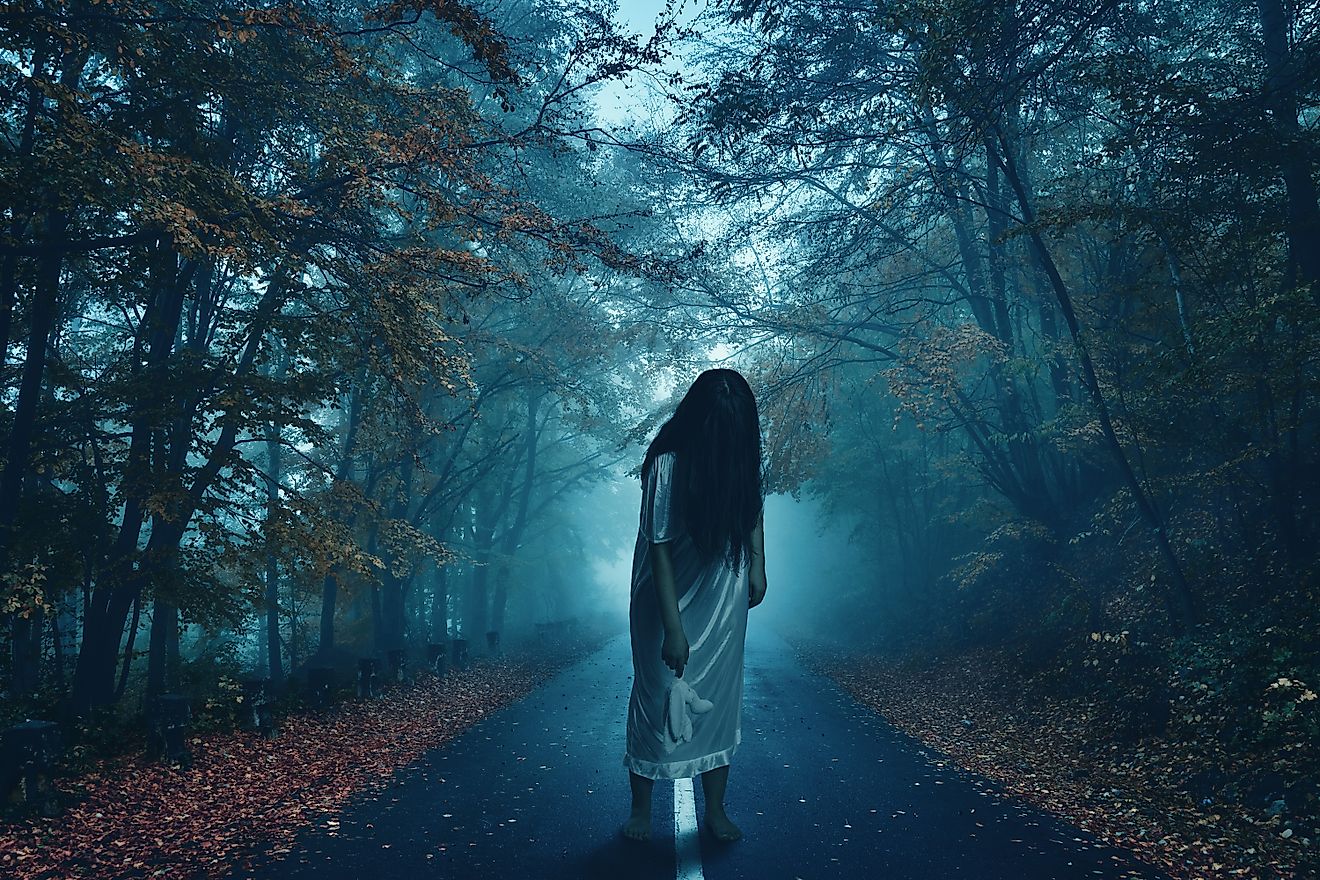Famous Artwork: The Starry Night

The Starry Night is one of the most well-known pieces of art, and as such has been replicated many times on t-shirts, mugs, towels, and many other items. It is correct to state that the painting’s fame exceeds that of its artist who is not as widely known. Starry Night is Vincent van Gogh’s 1889 oil canvas painting which he painted in his asylum room at Saint-Rémy-de-Provence where he had checked himself in one year prior due to a mental breakdown. The view in this painting inspired van Gogh so much that he also wrote several letters to his brother detailing how amazing the view was every morning and evening. At this facility, van Gogh had a full studio from where he had permission to paint.
The Starry Night
The oil-on-canvas painting combines imagination, observation, memory, and emotions through the painted swirly night sky, village, and cypress tree. Pigment analysis of this painting indicates the presence of ultramarine and cobalt blue in the sky whereas, for the moon and stars, he used euxanthin and zinc chromate. The sky and stars cover three-quarters of the painting and give an impression of turbulence and agitation. There are bright circles, the moon, and Venus enclosed in yellow gel-like circles. Below the sky, there is a small village with a church at the center, as well as a mountain in the background. On the foreground, there is a black cypress tree in a flamelike shape. Generally, the color blue is dominant in the painting from the sky blending gently into the hills. Although he painted this piece from his bedroom window, several things like the church were not there during that time. This inconsistency is what makes this painting a product of memory, emotions, observation, and imagination, and perhaps dreams to some extent. Analyses suggest that the cypress represent a bridge between death (earth) and life (sky) because during that time, cypress was symbolically the tree of mourning.
Van Gogh’s History
Born on March 30, 1853, Vincent Willem van Gogh was a Dutch painter who created over 2,100 artworks in less than two decades. Of these, 860 were oil paintings, most done within the last two years before his demise. The artist passed his artistic messages through bold colors and expressive brushwork. Hailing from an upper-middle-class background, the ever quiet, serious, and thoughtful young van Gogh traveled buying and selling art pieces around Europe. During this period, van Gogh’s mental health deteriorated and he often preferred missionary work, secluding himself until he took up painting in 1881. By 1886, he had met Avant-grade artists and joined them in their reaction to Impressionist artists while, at a personal level, he focused on still life paintings and depictions, specifically landscapes, wheat fields, and cypresses among others. However, his mental stability deteriorated further leading him to check himself into a psychiatric hospital where he painted the Starry Night and later checked himself out of the facility. In his lifetime, he was not successful and many believed that he was mad. Afterwards, van Gogh drank heavily and neglected his health until July 27, 1890, when he shot himself in the chest. Van Gogh died two days later at the age of 37 years. Ironically, van Gogh became famous after his suicide when people began to appreciate his artwork.
Current Location
After his death, the painting passed through different owners. In 1941, Paul Rosenberg sold this painting to the Museum of Modern Art in Manhattan, New York where people can view the painting along with other van Gogh’s paintings.
Legacy
The Starry Night is one of the most well-known paintings of all the time and even though van Gogh considered it a failure at first, it made him famous posthumously. Presently, he is arguably the greatest Dutch painter after Rembrandt. Unknowingly, the morning star that Van Gogh described is planet Venus, thus making the painting one of the earliest confirmed representations of the planet. In popular culture, various films have referred to this painting several times while the late rapper Tupac Shakur also wrote a poem dedicated to this piece of art. Those who adopted the subjective and spiritually rich color painting and brush strokes used in the Starry Night include Henry Matisse, Abstract Expressionists of the mid-twentieth century, and the 1980s Neo-Expressionists, among others.







